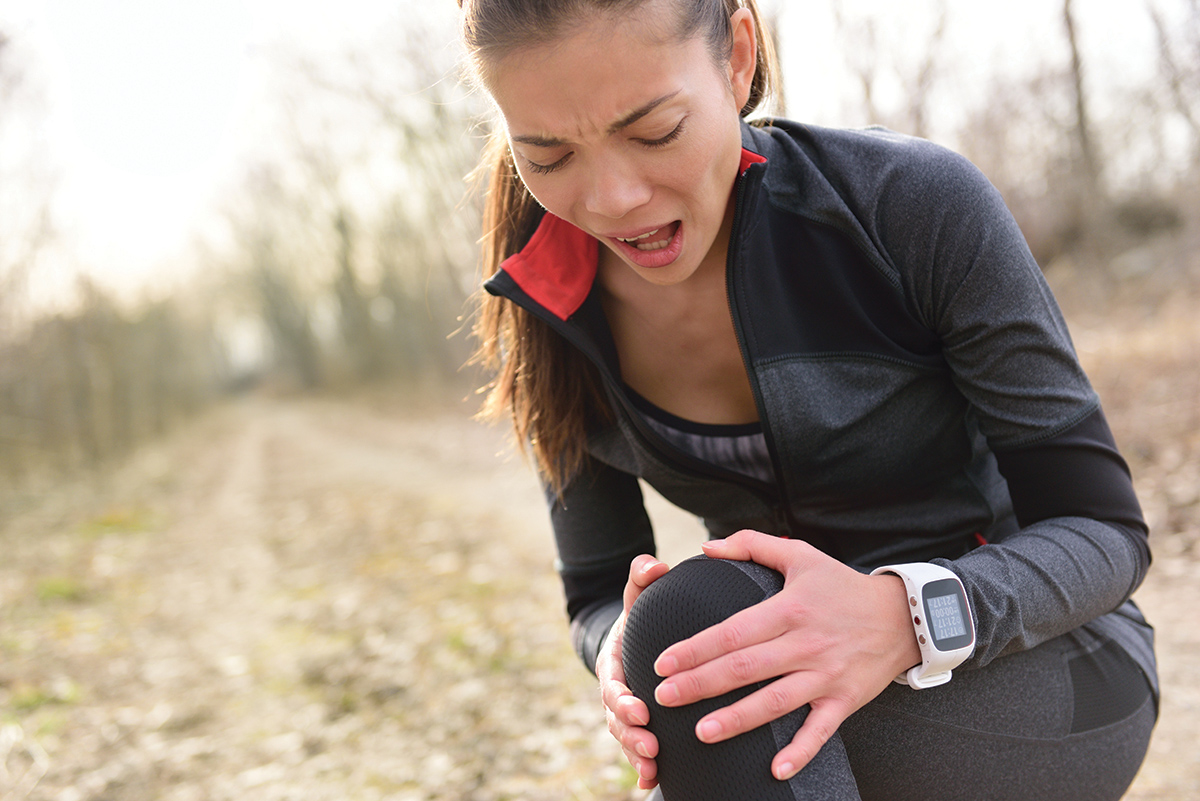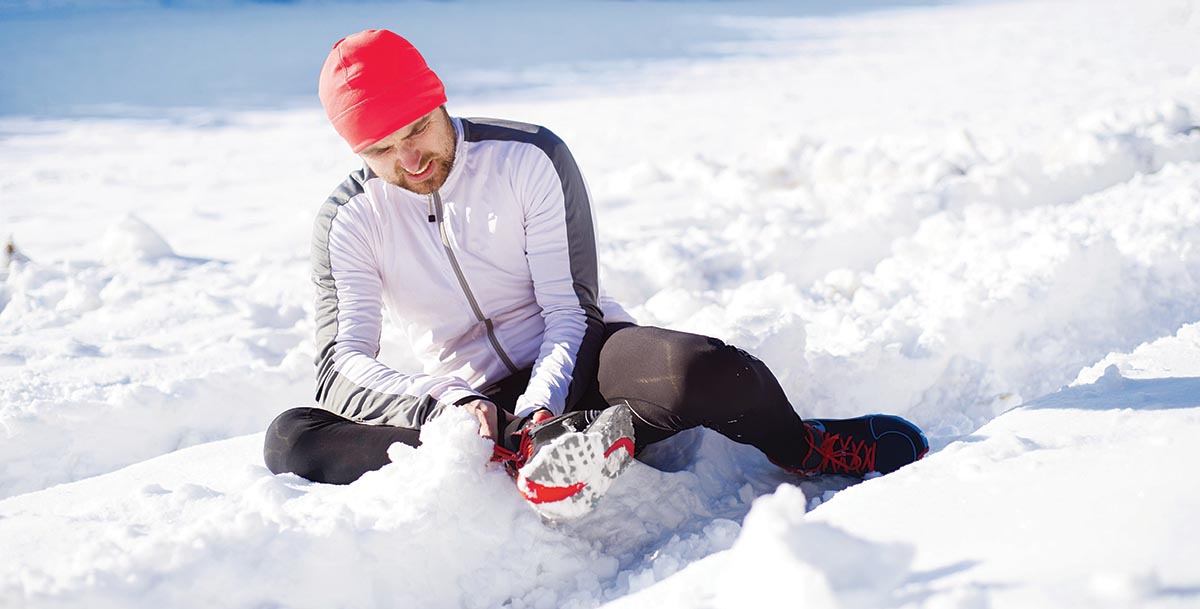9 Tips for Avoiding Winter Sports Injuries
Hundreds of thousands of Americans will end up seeking medical treatment because of injuries they get while skiing, skating, snowboarding, sledding and tobogganing this winter, according to research conducted by the U.S. Consumer Product Safety Commission in recent years. Getting in shape for winter sports and taking a few other simple precautions can help make sure you take advantage of the coming Winter Wonderland without spending your holidays on crutches instead of skis and skates.
Warm Up Correctly
Avoid long static stretching, or holding a stretch for 20 to 30 seconds before you begin exercise. This not only temporarily desensitizes your muscles and decreases your power and vertical leap, it can mask muscle pain that might be a warning sign that you need to take it easy. “Start out with a quick stretch followed by exercises to raise your heart rate, such as jumping jacks, arm swings and running in place,” recommends Dr. Andrew Curran, an orthopedic surgeon at Saint Alphonsus Medical Group in Meridian.

Choose the Correct Cardio Workouts
Not all winter activities benefit from workout time on the treadmill. Steady-state activities such as cross-country skiing are primarily aerobic, but start-and-stop sports such as speed skating, skiing and snowboarding require you to repeatedly challenge your heart and lungs and then recover. High-intensity interval training, or sprint training, is best for these types of activities.
Add Core Exercises
Most winter sports require good balance, which relies on strong core muscles. Include at least 10 minutes of core exercises two to three times per week, choosing movements that mirror the activities you’ll be doing outside, suggests Dr. Curran. Make sure to move your core forward and back, as well as side-to-side. Watch online videos from credible sources, such as the American Council on Fitness’s exercise library, to make sure you use the correct technique for exercises such as sit-ups, crunches, Russian twists, bicycle kicks and kettlebell swinging.
Improve Your Reactive Power
It’s a good idea to prepare for winter activities by doing workouts that help you perform the powerful side-to-side and up-and-down movements necessary for snowboarding, skiing, and skating. These movements require you to use two muscle groups to create reactive power, such as jumping off a mogul or making quick turns. Use resistance bands, dumbbells and calisthenics to build your leg and core muscles, suggest Dr. Curran. Lunges, jump squats, burpees and jumping as high as you can are good choices. Target your hamstrings and calves, which can cramp if you overdo it on the slopes, pond or hill.
“Balanced strengthening of leg muscles before attempting strenuous exercise with many quick starts, stops, twists and turns, can reduce the risk for a knee injury”
Dress Correctly
Don’t shorten your time outdoors because you can’t stay warm or feel a cold coming on. Wear several layers of clothing to trap body heat, including a long-sleeve shirt, sweatshirt and outer coat. Invest in waterproof boots, a hat and gloves. Good goggles and a helmet can literally be lifesavers when participating in speed sports.
Protect Your Ankles
If you’ll be wearing skates or ski or snowboarding boots, choose ones that fit snugly but don’t cut off circulation. Wear socks that keep you warm and keep you stable in your boots.
Learn How to Fall
Many people break bones by not falling correctly. This often occurs when they stick their arms straight out and use their hands to try and break a fall. “Landing on your shoulder can cause serious and long-term ligament and/or tendon damage,” warns Dr. Curran. Learning how to avoid falls and how to fall correctly can help to protect your arms and legs.

Hydrate - Inside and Out
Even though it’s cold out, you still sweat and need to stay hydrated. Winter is also a time when wind and sun can dry out your skin. Drink plenty of water before, during and after strenuous activities, particularly when exercising at higher altitudes. Apply long-lasting waterproof sunscreen on at least 15 minutes before going outside and bring lip balm with you to keep your lips from drying, cracking and bleeding.
Skip the Last Run
The American Academy of Orthopaedic Surgeons advises that many winter sports injuries occur later in the day, suggesting that people might be getting injured because they are pushing their limits to make that final ski or snowboard run. If you feel fatigued and are debating whether or not to take that one last run, it’s probably a good time to call it a day.
Written by: Steve Milano
